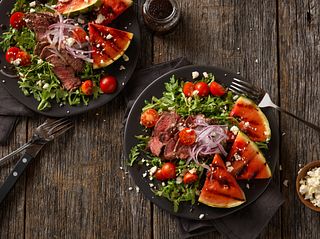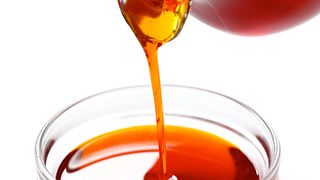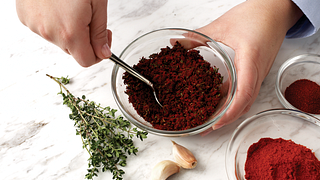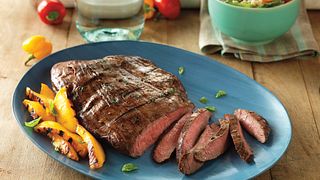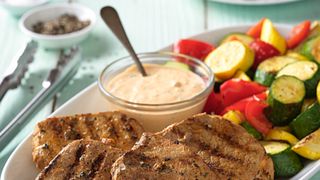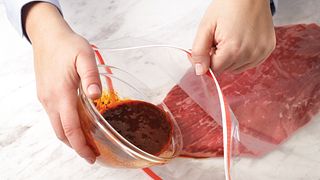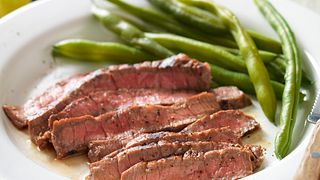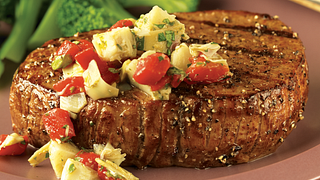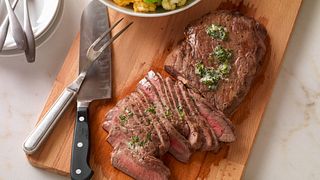
elevate overlooked steaks with marinades
Combing spices, acids and oils together can elevate cheaper cuts of beef and give endless options for summer grilling.
Marinades elevate the more affordable Steak options
Most of America's favorite cuts of beef, like the filet, t-bone, sirloin and strip steak, only need a little salt, pepper and time over an open flame to bring world-class food to the table. However, if you’re limiting your steak grilling options to these cuts alone, you may be missing out on some truly delicious steaks that come to life with nothing more than an affordable marinade.
Below are some pro tips for making the most out of cheaper cuts of beef with a simple marinade in addition to some of our favorite flavor-boosting mixes.
Why use a marinade?
Marinating is a pre-cooking step and depending upon the length of time, it either adds flavor or helps with tenderness. This means cheaper cuts of beef can be brought to life with some extra flavor and additional tenderness. As an added benefit, since tougher cuts of beef are often lean, marinades that are lower in salt and sugar content also can be great ways to enjoy the grill and keep a lower-fat, lower-cholesterol diet. Lastly, a marinade adds moisture to leaner cuts of beef which may dry out when cooking.
Marinades vs. Tenderizers and how long to marinate
There are two main types of marinades, acidic and enzymatic. You may have seen tenderizing agents at your local grocery story that contain the word papain, which comes from papaya, or bromelain, which comes from pineapples. While there are other enzymes that can be used, the basic premise is that enzymes further break down the muscle structures of the meat which makes them more tender.1
Acids are another popular way of marinading. However, the acid included in marinades often only penetrates the outer layer of beef, which helps the flavor soak in.
how long to marinate?
The general purpose of a marinade is to allow enough time to soak into the meat. You may be thinking, "the more time the better, right?" Not so fast. When it comes to enzymatic marinades, too much exposure may leave the outside texture of the steak a little "mushy," and no one wants that. When it comes to acidic marinades, thicker cuts of beef can be marinated longer, while thinner cuts of beef can become tougher if marinated too long.
In general, if imparting flavor, several minutes to a few hours may suffice. If working on improving tenderness, 6-24 hours may be needed. Always marinate in a refrigerator and read the directions for store-bought brands.
How much do I need?
The general formula is approximately ½ cup per pound of meat, according to Michigan State Extension2. The goal is to have every part of the steak evenly coated in the container. Also, make sure to use a glass or food-safe plastic bowl, not a metal container, because the acid in the marinade can react with metal.1 Wanting a glaze or serving sauce? Make more than needed to set aside as a sauce after cooking, but make sure it does not come in contact with the raw meat. If it does, put the marinade in a saucepan and bring to a boil for at least one minute, stirring constantly.3
How to cook marinated meats
Always dry off the meat with a paper towel before placing on the grill. The extra marinade won’t add flavor; it will just steam the meat and prevent the maillard reaction from occuring. Additionally, some marinades will have a brown sugar or other sweetener that will char and burn. Leaner cuts that require marinating should not be cooked beyond medium doneness. Always let rest for 5-10 minutes under loosely tented aluminum foil and the meat will rise 5-10 degrees. Additionally, use a pair of tongs instead of a fork or knife to flip and move the beef.
Cut Against the Grain
All cuts of beef are more tender when cut against the grain. This shortens the length of muscle fibers, leading to a more tender bite, every time.
Three ingredients to any marinade

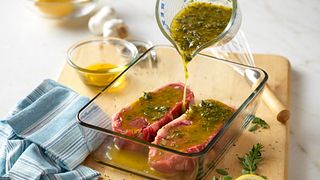
1. acids
Acid tenderizes the outer surface of the steak, breaking down the muscle cells and allowing the aromatics and oils to penetrate into the muscle. Essentially, acids open the door for flavor to come in. Lemon, lime, red wine and vinegar are common acids. But, did you know dairy products, like yogurt, also are a great choice and have been used to tenderize meats for thousands of years?steaks that are even better with a marinade
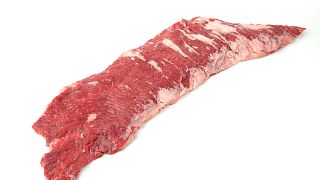
Skirt steak
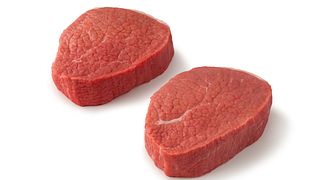
eye of round

sirloin tip side steak
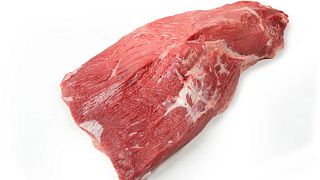
bottom round
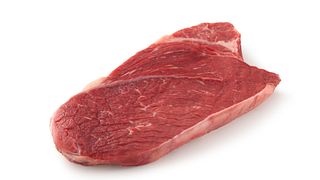
shoulder steak
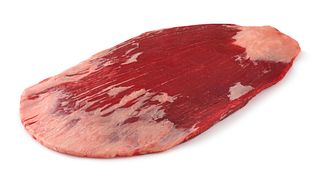
flank steak
our favorite marinades
citations
- https://scienceandfooducla.wordpress.com/2015/03/31/science-of-marinades
- https://www.canr.msu.edu/news/to_marinate_or_not_to_marinate
- https://extension.usu.edu/archive/tips-on-marinating-meat
- https://digitalcommons.usu.edu/cgi/viewcontent.cgi?article=1307&context=extension_curall
